👋 I’m so glad YOU are here. Are you looking to also get your partner prepared? This is for BOTH of you. Couples just love it and I know you want to both feel prepared!
A non-stress test is a time where we monitor baby without any contractions. During that time we watch baby and see how they’re living their best life in the womb. Their heart rate (and changes in it) can show us how they are coping with it. But there’s more to it, so keep on reading!
Before we keep going, the NST is just ONE of many third trimester tests — so be sure to join me in my Free Beginning Prenatal Class where we go through all of them, explain what they are and what they can mean for you.
We’re going to talk about a few things:
- What happens at an NST
- What YOU need to know before having an NST
- What the results can mean
There is actually something called a STRESS test where we monitor the baby WITH contractions going on, but it’s different, used differently and not done as often any more, but just FYI.
What happens at an NST:
FYI, NST’s can be done at your doctor’s office sometimes. In this case you bypass a lot of the hospital procedures and skip to putting the monitors on.
You’ll come in, we’ll admit you. There are still MANY questions to admit you even for this at the hospital. Most often we’ll offer you a gown, but if you just have a scheduled NST you can do that OR just keep your clothes on, totally up to you (there is a chance you might get some ultrasound jelly on whatever you’re wearing, just an FYI but we try to be careful). BTW if you’re already feeling anxious as I’m talking about the admitting process we go over ALL of that in here.
FYI, an NST alone doesn’t require a urine specimen, but if you’re having bladder symptoms or high blood pressure they may ask for a sample, FYI. Either way, it’s always good to pee before you get started.
We’ll get the baby on the monitor (this often happens before the questions — usually just once we have some basic info so we can get the test started). We also put a contraction monitor on you to see if you’re having any of those.
We will get your vital signs, usually blood pressure, maybe temperature and oxygenation.
Pro Tip: While you’re there with this nurse (an NST must be done by someone fetal monitoring certified — this can’t be done just by a CNA or a tech), feel free to ASK all the questions. She’s there, she’s charting and is at your disposal. Especially great to do while we’re doing tasks like getting baby on the monitor or getting vital signs.
Then we continue to monitor baby. And NST can be done in as little as 20 minutes (aka, basically how long it takes to admit you), or up to an hour.
The provider is looking for specific things in the fetal heart rate to tell them if baby is thriving in the womb. The basics are that we want to see the baby’s heart rate at a baseline, and then rise from it nicely as they move in the womb (and then return back to baseline easily).
If baby is not moving they may use a buzzer about 30 minutes in to wake baby up and see if they’ll move so they can get the information they need.
Once the nurse sees that (or doesn’t see it) then the baby either passes or doesn’t pass. If they don’t pass, your provider may order additional testing. If they pass, most often you are discharged, but you may have an NST in the next few days again.
Not passing an NST isn’t an sure sign baby is going to have issues. It’s just information that baby is maybe not thriving in the womb as well as we’d hoped.
Fun Facts: an NST is the bare minimum the hospital needs to do on every visit with a pregnant woman beyond about 28 weeks of pregnancy. So, ANY time you come into the hospital, we do an NST to monitor baby. There are different requirements early on in pregnancy vs later….
What YOU need to know before having an NST
You need to know WHY you are having an NST. They are ordered for all SORTS of reasons:
- Decreased fetal movement
- Diabetes of any form
- Advanced maternal age
- Issues seen on the ultrasound
- High blood pressure
- and many more!
So often I ask the patient if they know why the NST was ordered and they have no idea.
It’s important you know so that you can know how the results will impact you overall.
So, make sure you understand WHY it’s being ordered.
Also, if you’re having an NST it is not a bad idea to get your hospital bag packed (and maybe even have it in your car during the test if it’s at the hospital):
What the results can mean?
Failing an NST doesn’t immediately mean that baby needs to come out. There’s a lot of nuance to fetal monitoring, and doing a BPP is usually the follow up.
An NST is actually part of the BPP and we talk all about how they integrate in here.
However, if baby isn’t looking good, and there are a variety of other facts (uncontrolled diabetes, rising blood pressure, preeclampsia symptoms) there is a chance your provider will want to induce you right then, or within the next few days/hours.
But right now I need you to understand that your induction is ultimately ALWAYS your choice, not their’s.
Even if they say “I am inducing you” — that’s really code word for “I think you should be induced, and we have the option for you at xyz time”.
Maybe you feel comfortable with their recommendation, but if you don’t — you can always ask these questions:
- What did you see that made you think that was the best plan?
- Can you explain what that means for the baby (does this mean baby is compromised in some way)?
- What happens if we wait?
- I am concerned about xyz (say, a C-section), do you think this is increasing my chance of that?
You should keep asking the questions that arise until you feel comfortable with the plan.
Most often things are not 100% cut and dry in labor and delivery. There is often some wiggle room. We think an induction might be smart, but if you’d like to wait a few days we can check you out again in a couple of days with another NST/BPP.
I talked about that in this podcast episode (which is so good, you really should listen):
There are signs in an NST that very much show baby needs to come out now. They are rare but that can happen — so I want you prepared for that as well. Your provider should have very specific things they are seeing that show baby is starting to compromised and action does need to be taken right away.
Mostly, I want you to understand that having an NST can start further interventions (including inductions, and C-sections) so it’s extra important for you to understand your options and how to communicate. I would 100% recommend The Online Prenatal Class for Couples where we go through the different options and how to talk with your provider better. Plus, it only takes a few hours, and is available whenever you are — it’s the best out there!
You could even finish it up at the hospital WHILE you are having your NST!
And, if you’re not quite sure you’re ready for that whole thing, check out the free lesson from it. It’s your first step toward getting in the driver’s seat of your birth.


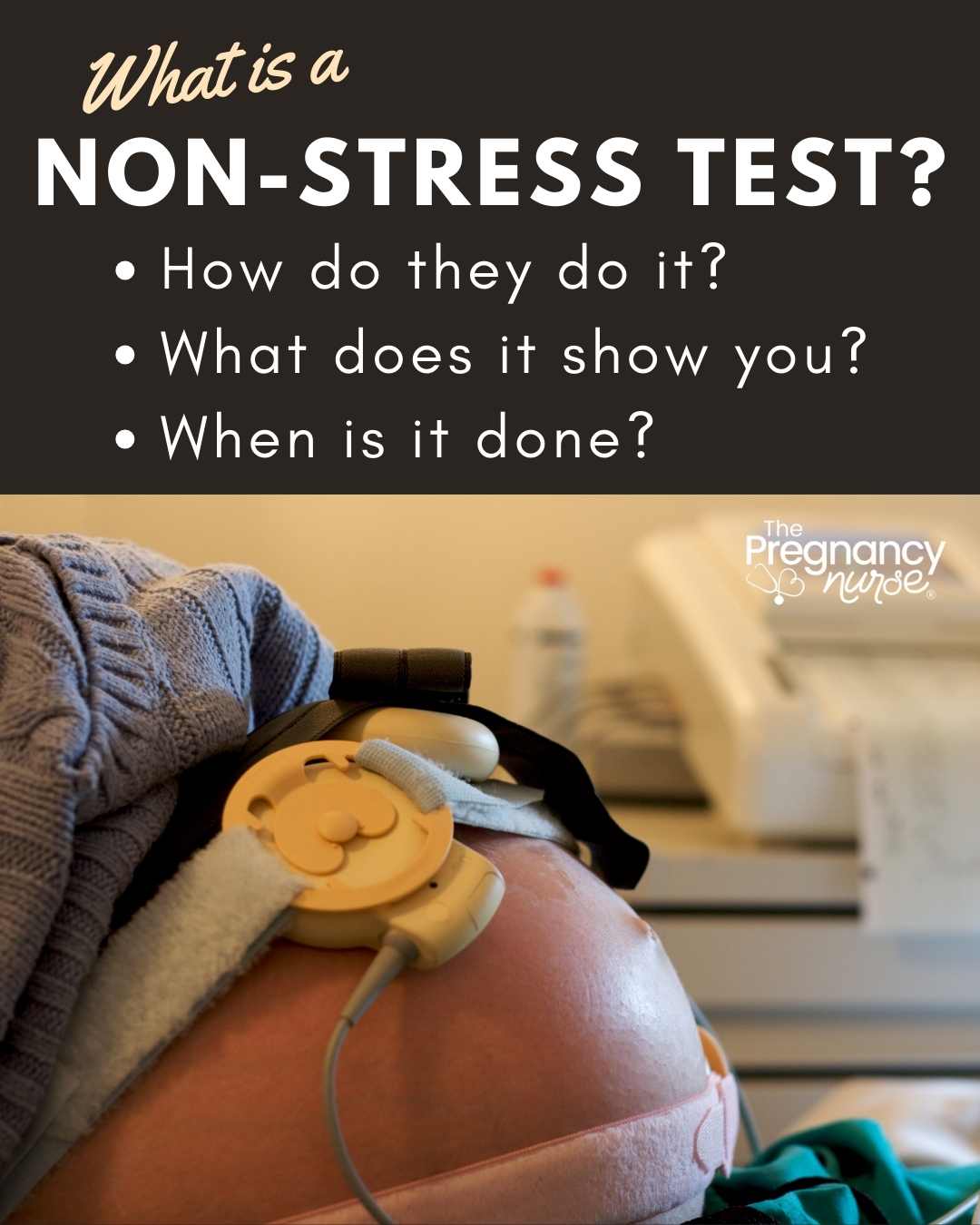
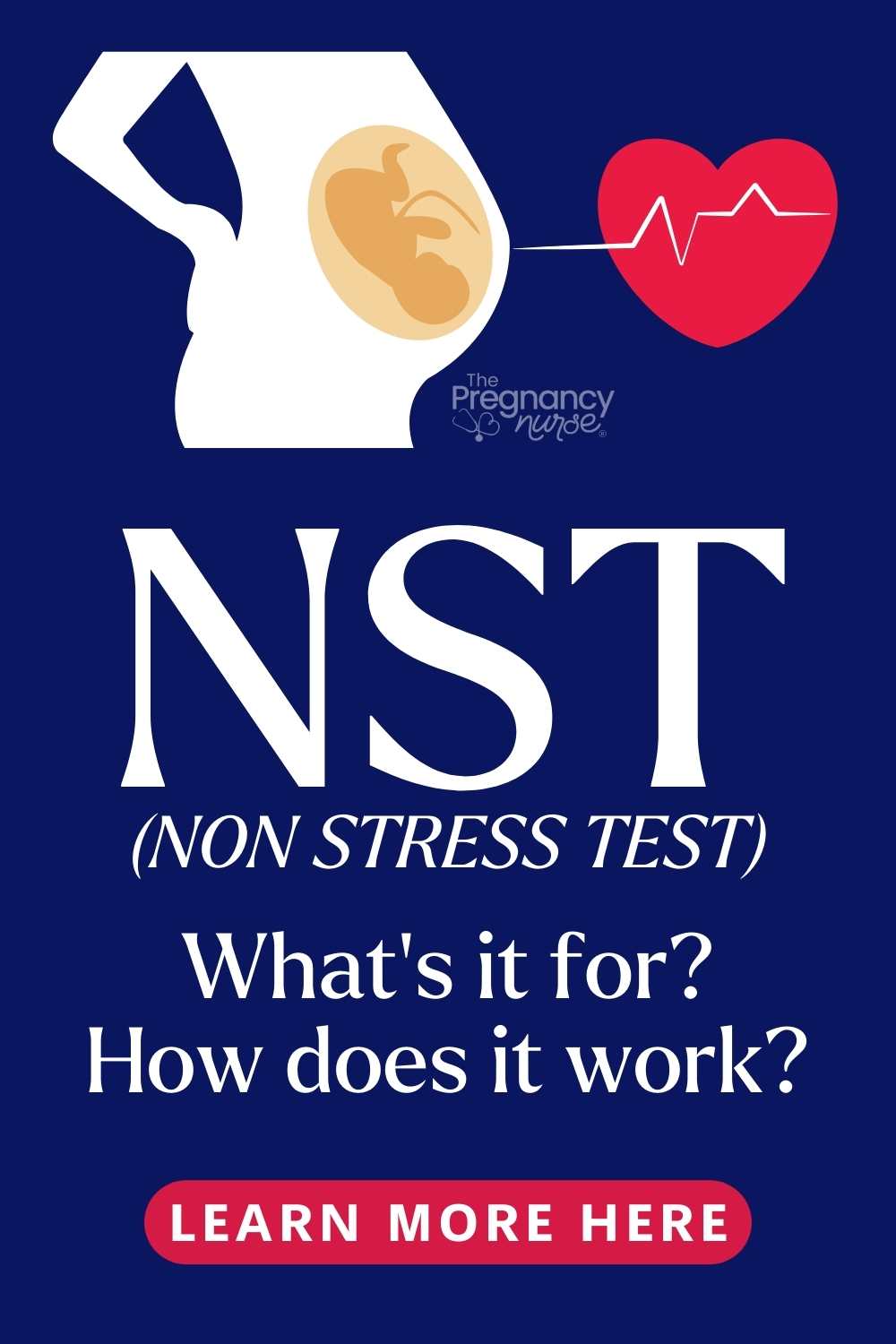
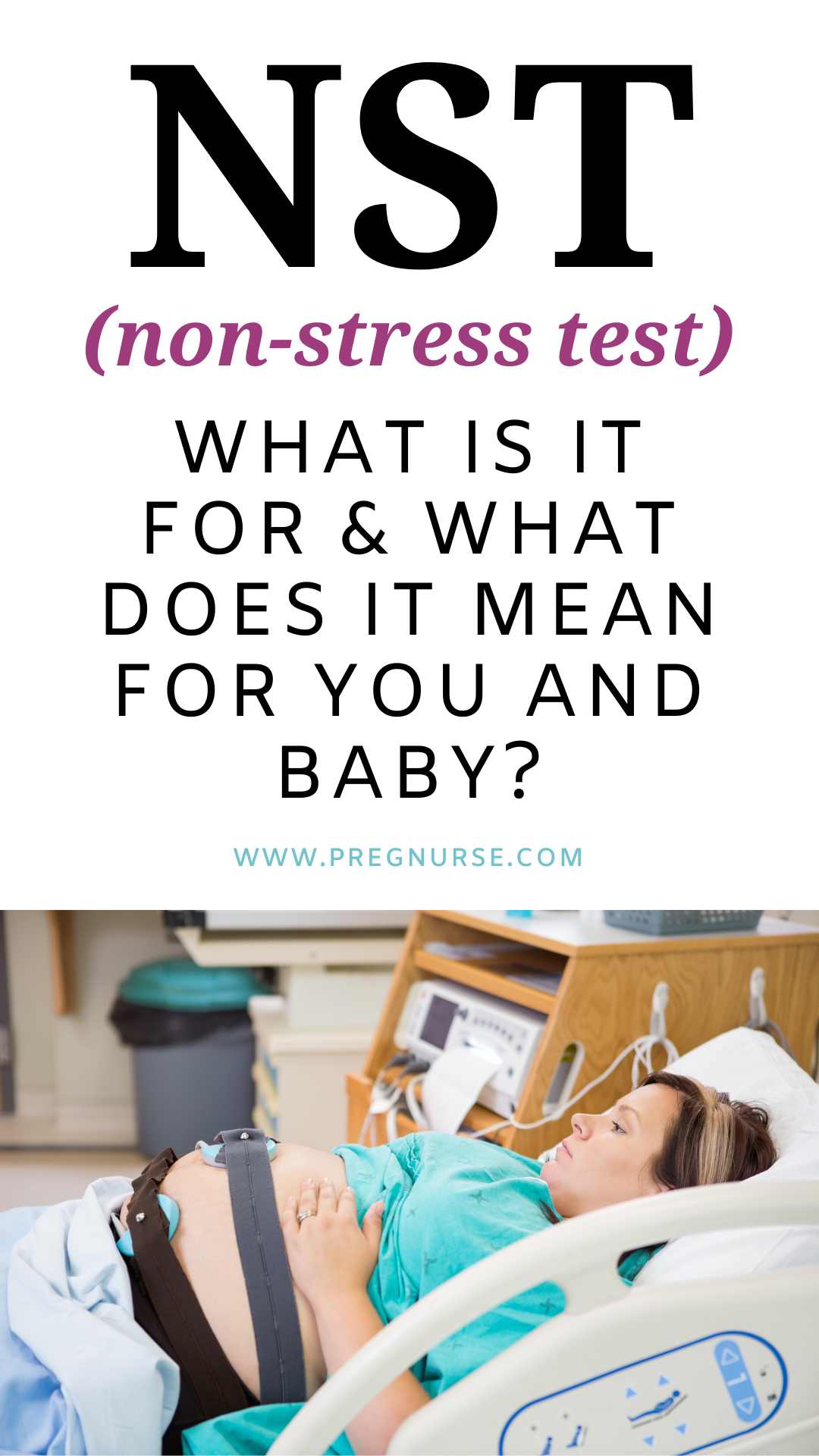
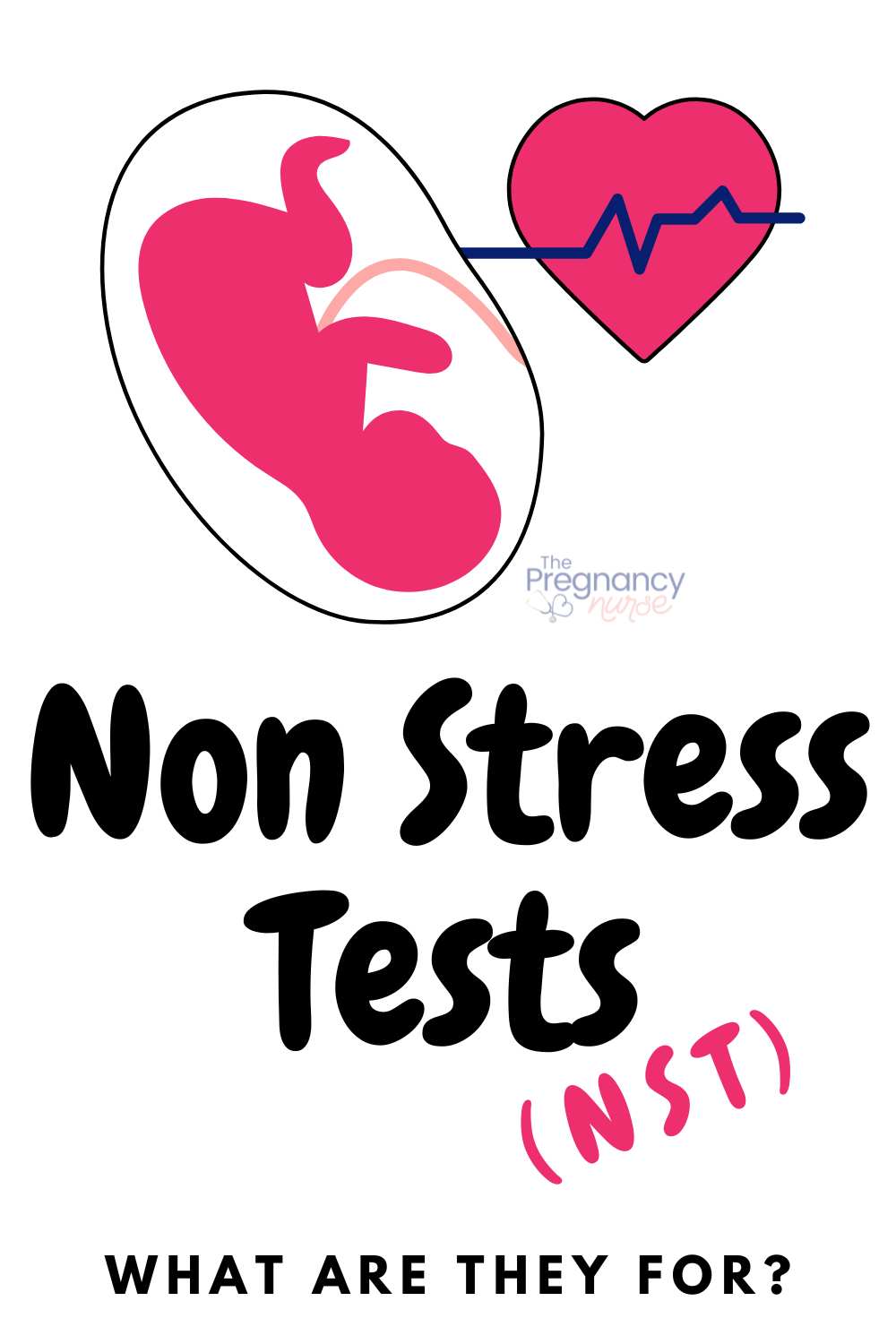
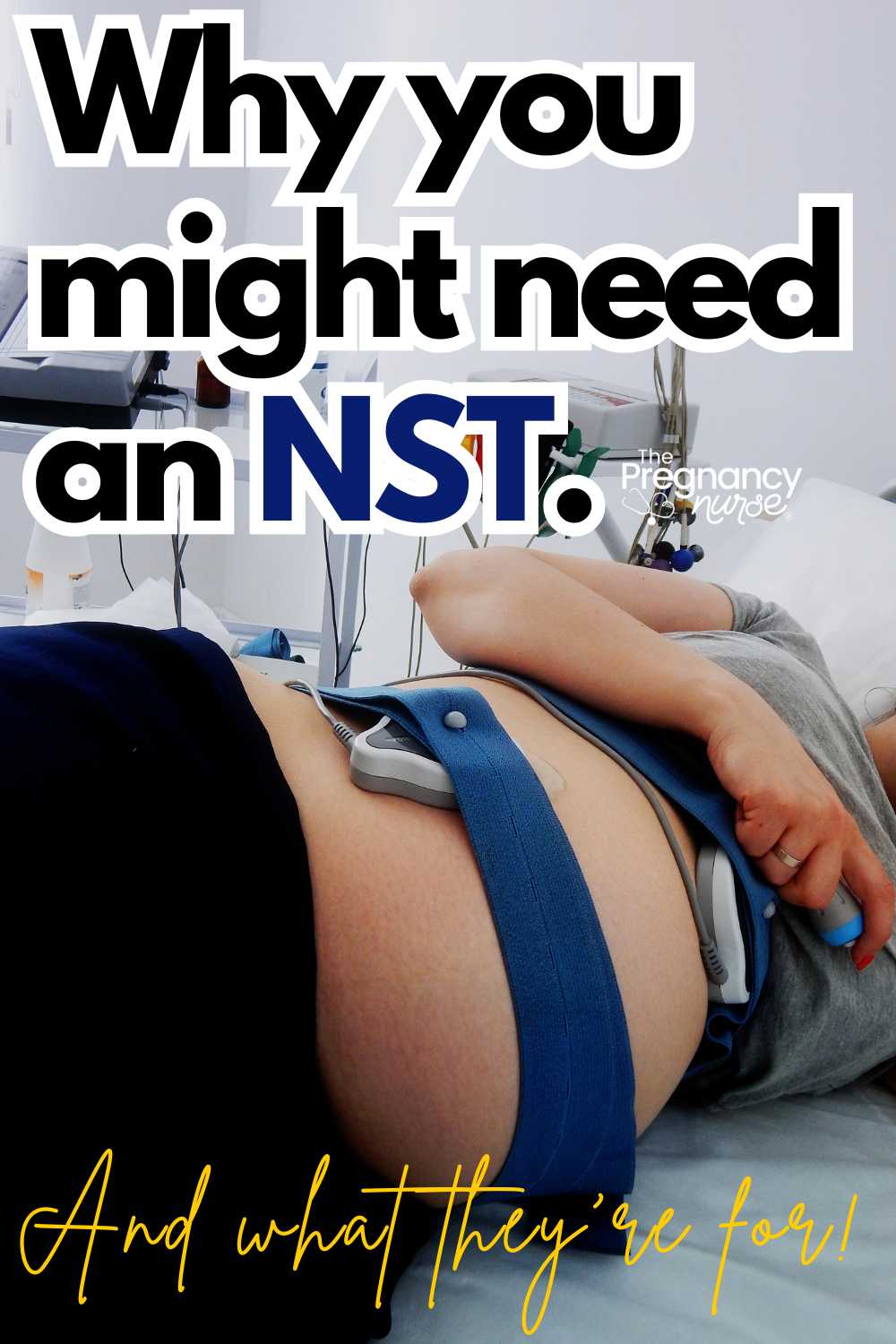




 Weird Side Effects from The Epidural That No One Talks About
Weird Side Effects from The Epidural That No One Talks About

I am an OR Director and when there is a scheduled cesarean section, the perioperative team is responsible for admitting the patient. This includes utilizing a fetal monitor. We are a critical access hospital, so scheduled cesarean sections do not happen routinely. How can I ensure that my staff is competent and feels confident in their skills when admitting the OB patient and how do I support this to maintain this level of competence and confidence.
I mean, they have to be trained in fetal monitoring. So either with AWHONN, or I think there’s a certification method.